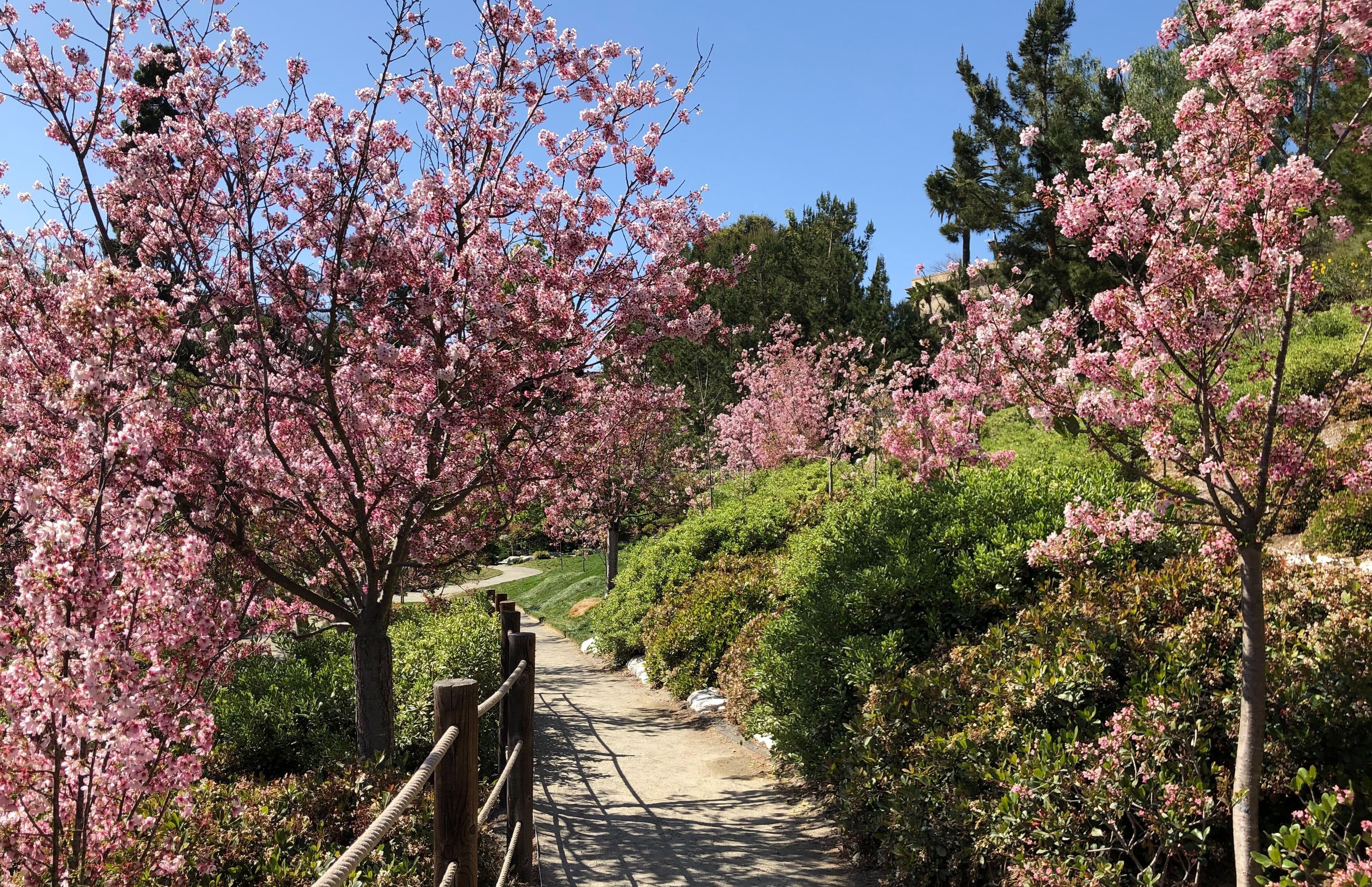Growing up in Guadalajara, Mexico, people didn't take Katya Echazarreta seriously when she said what she wanted most was to go to space. So in high school, she stopped telling people her dreams. But she never stopped working at them.
"It's something that would pass my mind if not every day," she told NBC 7. Multiple times a week, Echazarreta, now 26, would picture what space would be like.
Her dreams of space led her from San Diego City College to UCLA, NASA, Johns Hopkins University and, most recently, miles above the earth's surface. NBC 7 spoke with Echazarreta before her intergalactic trip and caught up with her afterward to discuss the trip to the cosmos.
Space for Humanity selects Echazarreta as first ‘Citizen Astronaut' from thousands
Get San Diego local news, weather forecasts, sports and lifestyle stories to your inbox. Sign up for NBC San Diego newsletters.
Nonprofit Space for Humanity selected Echazarreta as their first "Citizen Astronaut" from thousands of applicants. Their mission is to send "exceptional leaders" into space, hoping to give that person a profound change in perspective by looking back at Earth -- what they call the "Overview Effect" -- and inspiring them to do good for humanity when they return.
For Echazarreta, that good is working to bring more Latinas and people with similar backgrounds as her to space. She has made astronomical history as both the first Mexican-born and youngest woman to travel into space.
With thousands of other applicants, Echazarreta really didn't see how she could expect to be selected. But she applied anyway.
Local
Space for Humanity had a lot of questions for her. Two interviews and a third call took place, but she didn't believe it was going anywhere. On the third call, Rachel Lyons, Executive Director of Space for Humanity, told her that they've been dreaming of the moment they get to finally -- after five years of launching the program and searching for the right candidate -- tell the person they chose that they will be going to space.
What Echazarreta still didn't realize is that the person Lyons was talking about was her. "I was just very confused about where this was all going, and then it all hit me and I just started crying," she said.
For weeks afterward, she still did not believe it and told no one.
Then Space for Humanity announced she would be one of six people chosen to ride into the cosmos on Blue Origin's NS-21 mission.
"OK, it's gonna be a little bit harder for them to take it back now," she said.
If you think traveling out of the country takes preparation, imagine preparing to travel out of the atmosphere. Echazarreta assured NBC 7 that Blue Origin did a thorough job training.
"We go through many different simulations. They have a simulation capsule that actually has recordings of the mission itself so that we can get familiarized with the sounds that we're going to be hearing, the possible movements we're going to be hearing," she described.
The would-be astronauts were trained to recognize the sights and sounds they would encounter during take-off and in space. They received training on staying calm, overcoming fear, and even living in the moment, Echazarreta described.
We have many points of reference for space travel, like riding a plane and seeing the view from above, she said.
"And the truth is that unless you go through it, there is just no way to imagine what it's like," she said. Anyone who has ridden a plane knows the takeoff of a rocket, too. But traveling diagonally and then vertically is completely different, she said.
Spacecraft must be moving at least 7 miles per second or 25,000 mph to leave Earth's orbit, according to NASA.
"You don't necessarily feel like you're going super, super fast. I actually feel sometimes when I'm in a car on the freeway like that, I'm going faster than I did when I was in the rocket," she said. The view out her rocket window was her only reference point, she described.
"To be able to see mountains become smaller than I've ever seen them, to go through the clouds so quickly, but then passed the last cloud, and then look up and no longer see any clouds above and look down and see all of the clouds very, very low," she said. It kicked in that she was at the highest point in her life, and she was still going, she said.
Time is short when you're moving at thousands of miles per hour. The blue sky surrounding her at takeoff vaulted away in seconds, revealing the iridescent black of space.
"That is the moment when I realized I was in space and that I was looking at a planet," she said, recalling the memory again. "It was embedded into my eyes for three days straight. Every time I would close them, that's the image I would see. And even now I try to close my eyes and I try to go back to it because that is the last thing I want out of this life, is to never forget that view in that sight."
The transformation that happens to you when you go to space takes some time, Echazarreta said. Some time after her trip, she was asked how she felt about it, but she couldn't find the words.
Then during her flight home from the launch site in Texas, she looked out the cabin window, down at the mountains below and began crying uncontrollably.
"Even though I have seen these mountains and mountains similar so many times in my life -- yet this time felt so different," she said.
Echazarreta definitely came back to Earth with the Overview Effect.
"I felt nothing but love during that experience, for not only my friends and family, but for humanity in general," she said.
The Citizen Astronaut is ready for another ride. She already has big plans for her future in space, like going to the moon and entering orbit.
"This was just a teaser for sure," she laughed.



